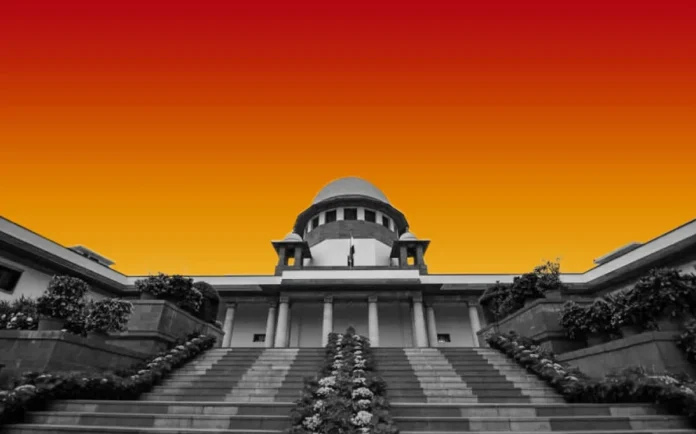The Supreme Court on Monday
issued notice to the Union of India, the State of Madhya Pradesh and its pollution control board over the ongoing disposal of around 377 tonnes of hazardous waste from the 1984 Bhopal gas tragedy, which claimed more than 5,000 lives and left several thousands injured.
The waste originated from the 1984 tragedy, when highly toxic methyl isocyanate (MIC) gas leaked from the Union Carbide factory, leading to one of the worst industrial disasters in the history of mankind.
The Bench of Justice BR Gavai and Justice Augustine George Masih passed the order on a petition challenging the December 3, 2024 and January 6, 2025 orders of the Madhya Pradesh High Court, directing the trasfer of the hazardous waste to a disposal facility at Pithampur industrial area in Dhar district of Madhya Pradesh, about 30 km from Indore and 250 km from Bhopal.
Coming down heavily on both the Central and state governments over persistent delay in clearing the Union Carbide factory site despite directions from the Supreme Court, the High Court had ordered on December 3 last year, the shifting of the toxic waste within four weeks.
Noting that even after 40 years of the gas tragedy, the authorities continued to remain in a state of inertia, the High Court warned the government of contempt proceedings if its directive was not followed.
Following the order, the transfer of toxic waste commenced on the night of January 1, 2025, utilising 12 sealed container trucks.
Some of the waste would initially be burnt at the waste disposal unit in Pithampur and the residue (ash) would be examined to find whether any harmful elements were left, said Bhopal Gas Tragedy Relief and Rehabilitation Department Director Swatantra Kumar Singh.
He added that the smoke from the incinerator would pass through special four-layer filters so that the surrounding air was not polluted.
Filed by Advocate Sarvam Ritam Khare on behalf of Chinmay Mishra, the petition raised concerns about the potential health risks to nearby communities. It highlighted that several villages lie within a one-kilometer radius of the disposal site, placing residents at significant risk. It further contended that the nearby Gambhir river, which fed the Yashwant Sagar Dam supplying water to 40 percent of Indore’s population, could be at risk of contamination.
Appearing for the petitioner, Senior Advocate Devdatt Kamat asked whether allowing the transfer of toxic waste in densely populated areas without sufficient safety measures would lead to compromising of the fundamental right to life, which included the right to a clean and healthy environment under Article 21 of the Constitution, of those living near the waste disposal site.
Kamat further questioned the lack of communication and issuance of health advisories to the residents of Indore and Dhar districts, alleging a violation of their rights to be heard and to health.


